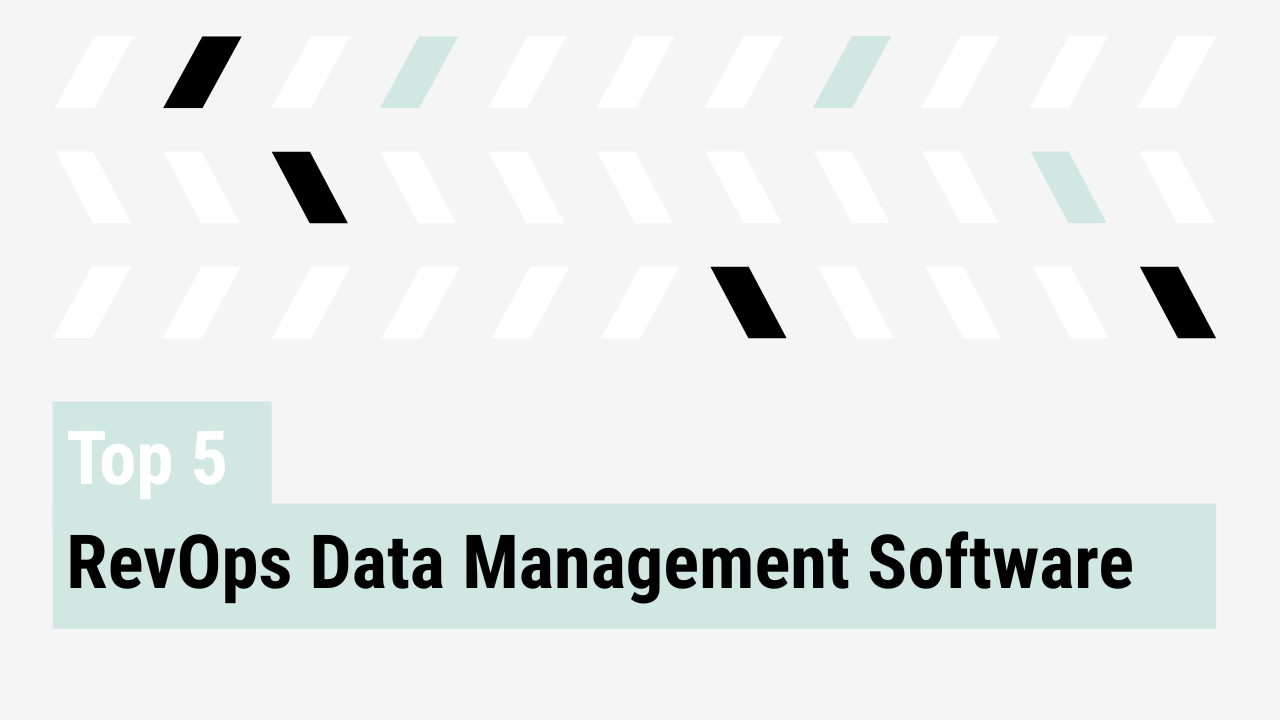For many RevOps and GTM leaders, the toughest challenge isn’t launching a new campaign or building a forecast. It’s the relentless grind of cleaning up messy data. Reports don’t match reality, duplicate records slow down workflows, and dashboards require endless reconciliation before they can be trusted. Managing GTM Data Debt is about fixing these issues without draining your team’s energy or morale. Left unchecked, data debt erodes pipeline visibility, forecasting accuracy, and ultimately, credibility with the C-suite.
What GTM data debt really looks like
Data debt is the result of shortcuts and neglected maintenance that compound over time. It undermines confidence in your systems and makes even simple decisions harder than they should be.
The signs are easy to spot. Reports tell different stories depending on which system you open. Automations break at critical moments, leaving gaps in the customer journey. Reps waste hours chasing the wrong accounts because of duplicated or misclassified records. Each of these issues slows down the business, but together they create a drag that can’t be ignored.
The root causes are equally familiar. Teams often prioritize speed over governance, assuming they’ll fix issues later. Tool sprawl creates overlapping systems with unclear ownership. Fields and definitions change without notice, leading to schema drift and misalignment. And without regular maintenance, duplicates, stale contacts, and missing values build up until the system itself becomes unreliable.
Why teams burn out on data work
Data cleanup is invisible work. Your team may spend hours reconciling a pipeline report, but all leadership sees is “just another dashboard update.” The effort is significant, but the recognition is often absent.
Burnout tends to come from three recurring dynamics:
- Invisible work syndrome: thankless cleanup that never gets noticed
- Competing priorities: firefighting pulls focus away from strategic projects
- Recurring issues: fixes don’t stick, and the same problems resurface
Without a clear plan, teams end up trapped in cycles of rework. That drains both efficiency and morale.
A framework to pay down data debt sustainably
Paying down GTM data debt requires structure and discipline. The most effective approach starts with prioritization: not every data issue matters equally. Focus first on the ones that directly impact revenue-critical processes like pipeline, forecasting, and customer handoffs.
From there, use a repeatable process:
- Assign ownership: every key object (accounts, opportunities, campaigns) should have a responsible owner
- Monitor health: track metrics such as duplicate rates or missing values
- Refactor in iterations: tackle one domain, process, or system at a time
- Automate intelligently: deploy deduplication, validation, and alerts to cut manual work
- Treat data like code: use light review processes for schema changes to prevent breakage
These steps build momentum while preventing new debt from forming.
Protecting morale and bandwidth
Managing data debt is also about protecting your people. Start by setting realistic goals, and recognize that no one can “boil the ocean.” Small, visible wins matter more than giant one-off projects. Use a backlog to track requests and show progress, so stakeholders see that fixes are deliberate and ongoing.
To keep morale high:
- Celebrate business impact: connect cleanup to revenue outcomes like faster speed-to-lead or more accurate forecasts
- Showcase productivity gains: highlight how fixes save reps time and reduce manual work
- Position data work as strategic: frame it as enabling growth, and demonstrate how it can get recognized by the C-suite
When the team sees that their work ties directly to outcomes the business values, they stay motivated. Recognition is as important as results.
Takeaway
Managing GTM data debt requires building sustainable practices that improve data integrity and protect team health. By prioritizing high-impact issues, assigning ownership, and pacing the work, RevOps leaders can strengthen both their systems and their people. The payoff is cleaner dashboards, more accurate forecasts, and a GTM organization the C-suite can trust.



